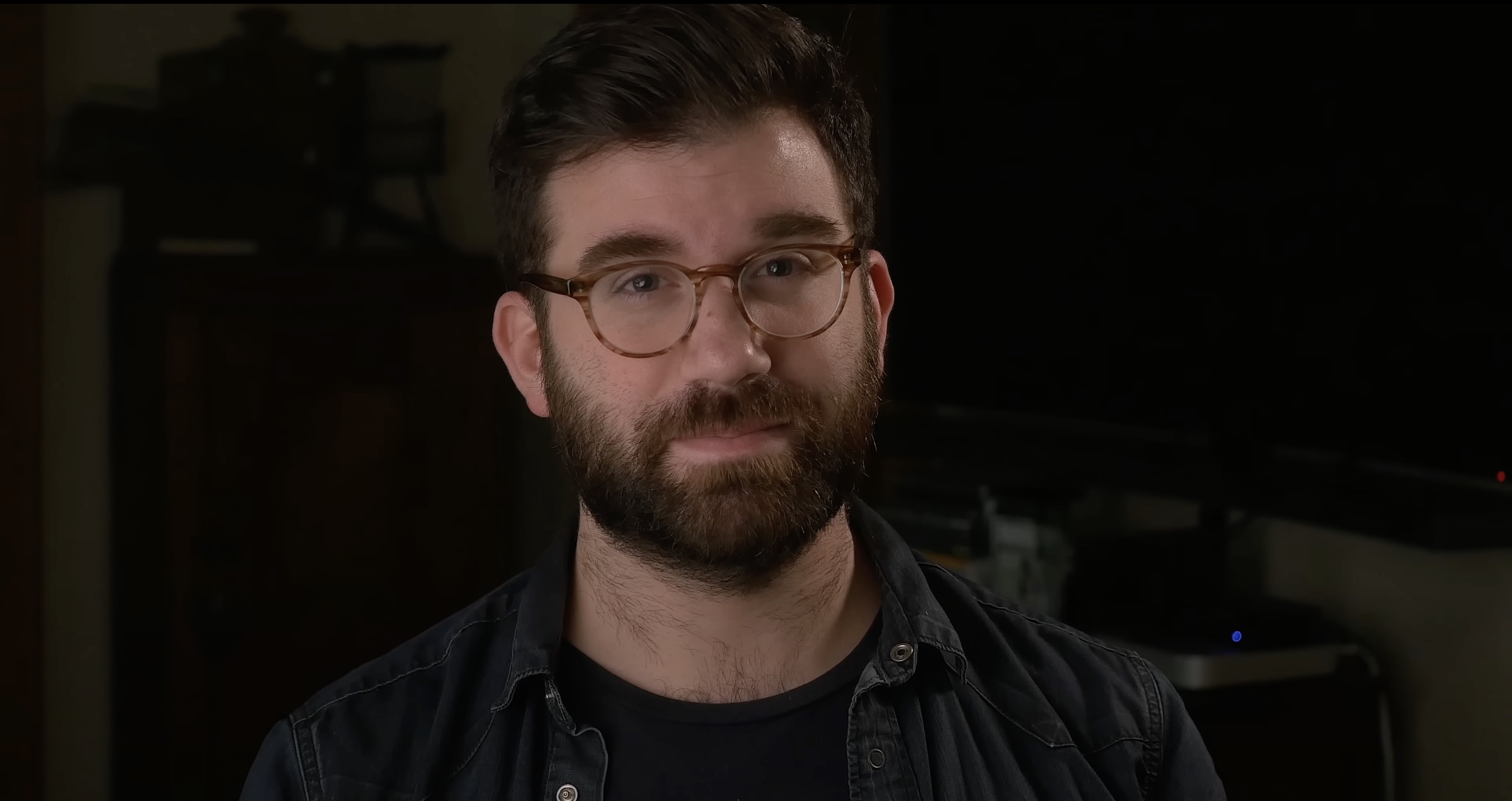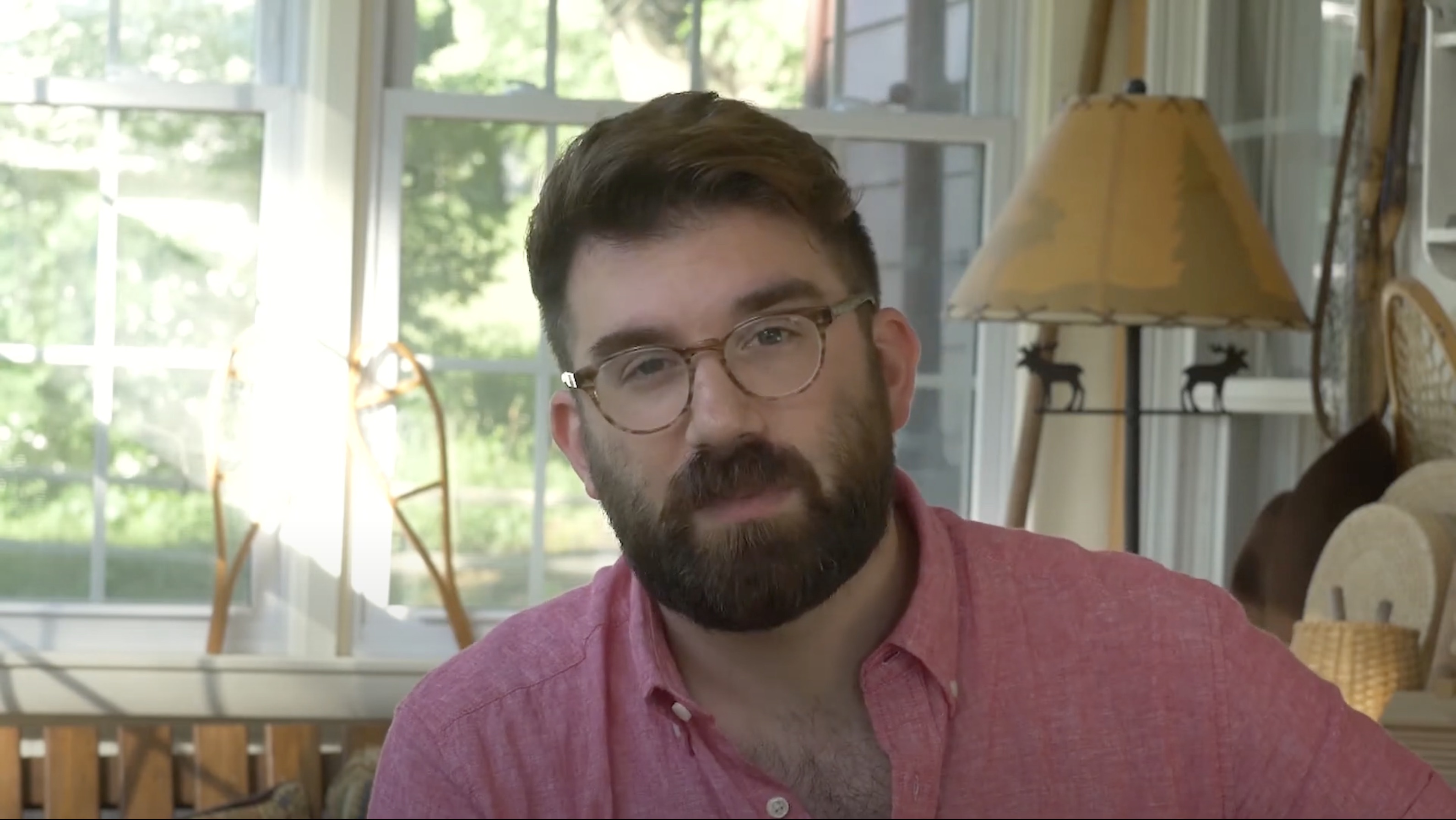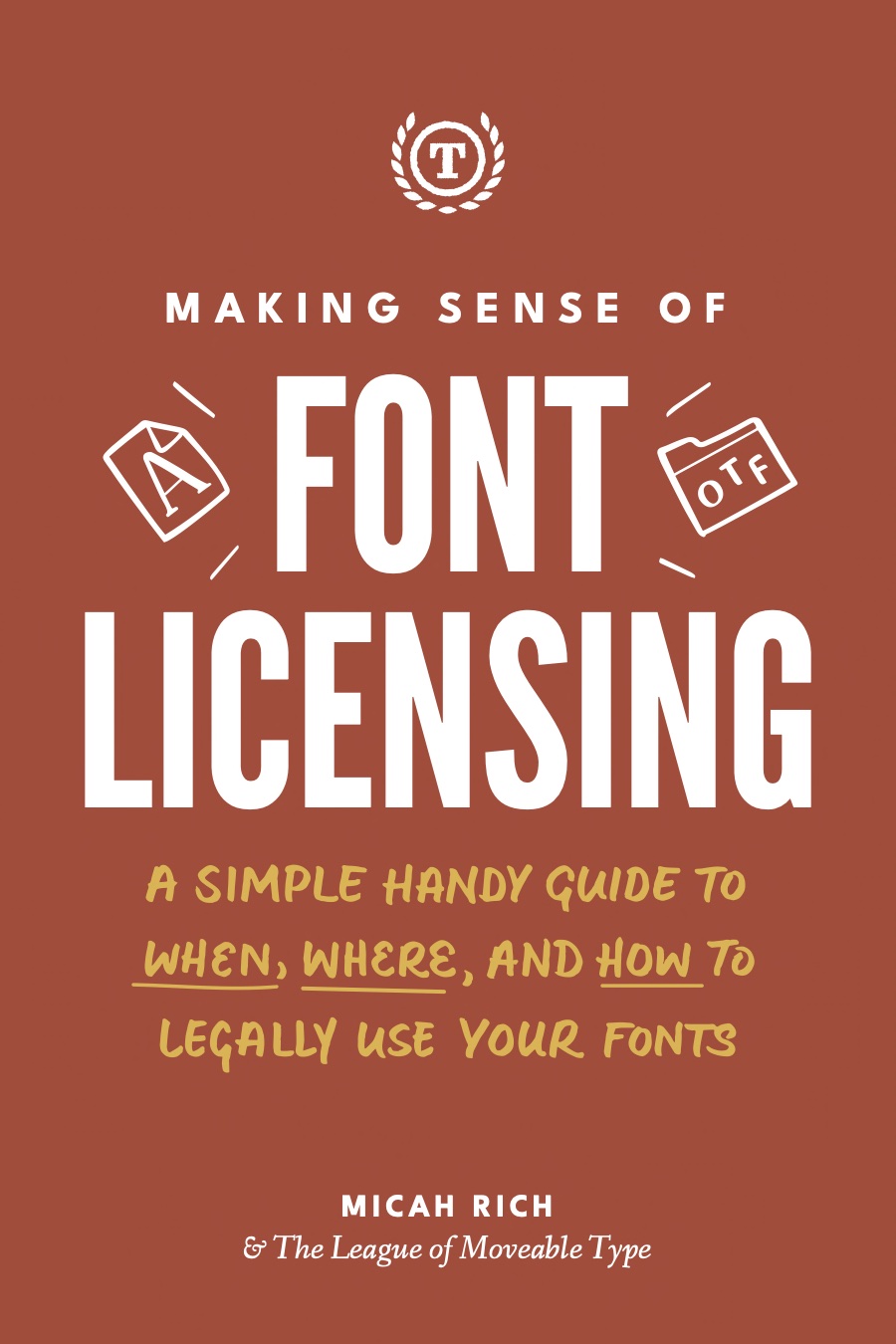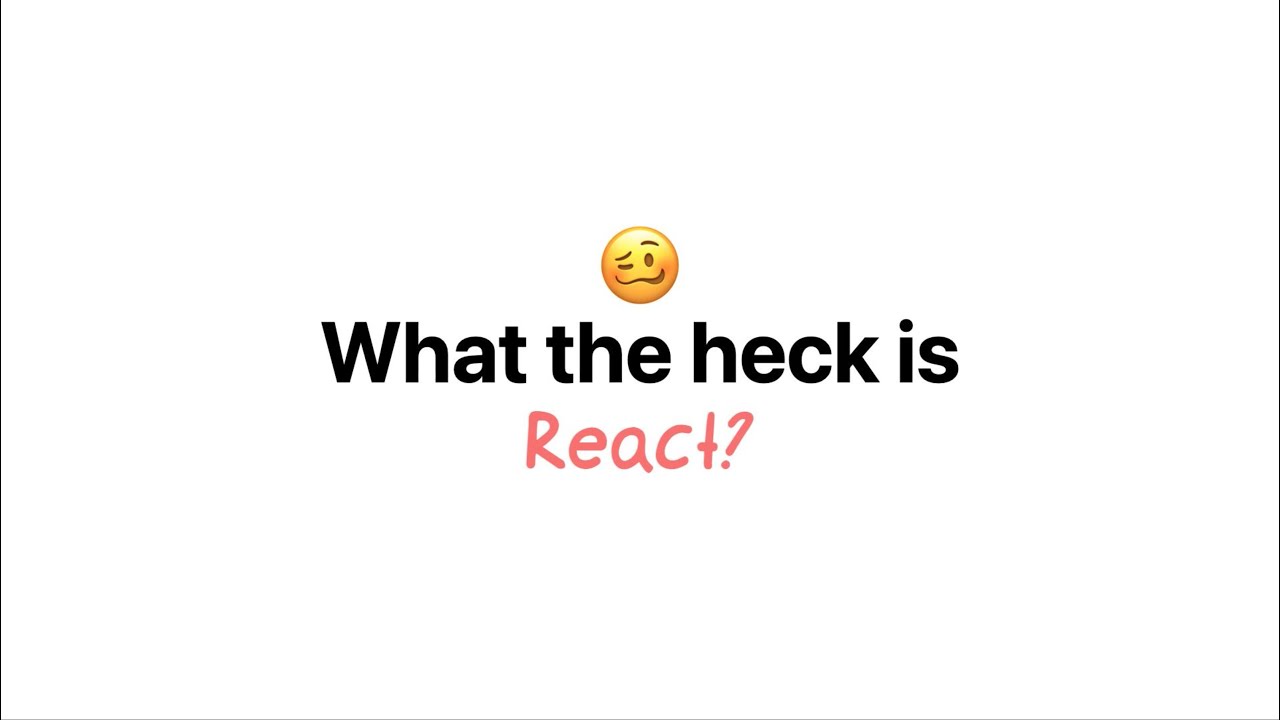In a world obsessed with generating more content, I'm the one designing for the humans who have to learn from it.
Everyone thinks they have a documentation problem.
They don't. They have a human problem.
I've watched it happen everywhere. Smart people write comprehensive docs. Perfect tutorials. Interactive examples. They generate more and more content, faster and faster.
And developers still can't use their products.
Why? Because they're solving the wrong problem. They think developers need more information.
What developers actually need is to feel capable of taking the first step.
I've spent 15 years learning this truth in different contexts. Let me show you what I mean.
The moment I discovered what teaching really is.
General Assembly, Santa Monica. My first time teaching.
My co-instructor Dan was brilliant. PhD in Computer Science. He'd explain concepts with perfect technical accuracy. Beautiful diagrams. Flawless logic.
The students were drowning.
I'd watch their faces during his lectures. That glazed look. That slight lean back in their chairs. That subtle slump that says "I don't belong here." They were adults who'd paid $12,000 to change their lives, and they were disappearing into themselves.
Dan couldn't see it. He was teaching content. Perfect content. But he was teaching three levels above where they were.
Day three, he was explaining basic functions. I watched a woman in the front row actually close her notebook. Just... gave up. The room felt like it was dying.
I couldn't take it anymore.
From the back of the room, I raised my hand. Like a student.
"Sorry Dan, can I just... when you say functions, you mean like... a recipe I can run by name? Like when I order coffee and the barista follows the steps?"
The entire room turned to look at me.
Then—I'll never forget this—everyone exhaled. Like they'd been holding their breath for three days.
"YES!" Dan lit up, not realizing what had just happened. "Exactly! It's just like—"
And suddenly five hands shot up. Real questions. Confused questions. Human questions.
"So wait, the function remembers my name?" "Can I see it break first?" "What if I don't want it to run yet?"
The woman in the front row? She opened her notebook again.
That's when I understood: I wasn't teaching code. I was giving permission to be confused.
Over the next few weeks, I kept doing it. Strategic confusion. Intentional "stupid" questions. I'd ask the things I could see them thinking but not saying.
The change was profound. Students started coming early to class. Staying late. Forming study groups. Not because the content got easier—because they got permission to find it hard.
Dan pulled me aside after week five. "Something's different. They're actually getting it now."
"We're teaching the same content," I said. "But now they know they're allowed to learn it."
By week twelve, our little cohort had the highest NPS scores GA Santa Monica had ever seen.
I wasn't a better teacher than Dan. I was just watching the humans while he was watching the content.
carmen-sandiego
Carmen Sandiego
intro-to-node
Intro to Node.js
api-authentication-with-express-tokens
API Authentication with Express - Tokens
intro-to-nosql-with-mongo
Intro to NoSQL with Mongo
intro-to-relational-data-modeling
Intro to Relational Data Modeling
intro-to-sinatra
Sinatra Setup / Layouts & Templating
Creating permission at scale.
The typography world in 2009 was brutal.
I'd just learned to code and was excited about fonts. Went to the forums with questions. The response?
"How dare you ask that here?" "Read the manual." "This is for professionals only."
Real quotes. From people who supposedly loved typography.
I watched beginners get destroyed for asking about kerning. Designers mocked for wanting to understand OpenType. It was like they were protecting sacred knowledge from the unworthy.
But here's what I realized: The hostile gatekeepers? They were terrified too. Terrified that if type design became accessible, they'd lose their special status. Their identity was wrapped up in excluding others.
So I built The League. Yes, open-source fonts. But really? Open-source belonging.
The first tutorial I wrote started like this: "Typography seems complicated because people make it complicated. It's not. You already understand rhythm—that's all typography really is."
The response was immediate. Not just downloads. Emails.
"I'm a plumber who loves letters. Your site made me feel like I was allowed to care about type."
"I've been designing for 10 years but was too scared to ask about font licensing. Thank you for making it safe."
We grew to 35,000+ subscribers. Not because the fonts were free. Because the education assumed you belonged there.
I wrote a book: "Making Sense of Font Licensing." Could have called it "Professional Typography Licensing Guide." But "Making Sense" says: this is confusing, you're not stupid, let me help.
Started workshops where the first rule was: every question is a good question. Helped other type designers structure their workshops the same way. Created a culture where curiosity was celebrated.
The old guard hated it. "You're dumbing down typography!"
No. I was opening the door. There's a difference.
One established type designer told me, years later: "I fought what you were doing. Then I realized—you weren't taking anything away from us. You were building a bigger table."
That's what human-centered education does. It doesn't lower the bar. It builds bridges to it.
logo-design-the-art-of-modifying
Logo Design & The Art of Modifying
the-font-you-bought-s-only-good-for-one-thing
The Font You Bought's Only Good For One Thing
what-the-0-is-kerning
What the %$#0 is Kerning?

why-rules-fail
Why Rules Fail


When "I'm not wired for code" meets human-centered teaching.
COVID hit. Designers were panicking. Suddenly everyone needed digital skills.
Olivia knew me through The League. Print and brand designer — beautiful, incredible work. She'd worked with real clients and impressive print companies — but had zero web experience.
"I need to learn web design," she said. "But you know me — I'm not a code person. My brain just doesn't work that way."
I'd heard this exact sentence from every designer I'd tutor that year. Patrick said it. Anna said it. They all said it.
"Show me your design process," I said to Olivia.
She walked me through designing a book cover. Color systems. Type hierarchies. Grid structures. Information architecture. Visual rhythm.
"You just described CSS Grid, design tokens, and component architecture," I told her.
"I did?"
"You've been programming on paper for fifteen years. We just need to translate it to screens."
The shift was instant. Not in her knowledge—in her posture. She sat up straighter.
We never "learned to code." We translated what she already knew. When she got stuck on functions, we talked about master pages in InDesign. When React confused her, we mapped it to her existing mental models of design systems.
Week twelve, she deployed her portfolio. Next.js. Custom animations. Fully responsive.
"I can't believe I made this," she messaged me.
"You didn't learn to code," I replied. "You discovered you were already thinking in code."
Six months later, she sent me another message: "I'm teaching another designer now. Using your method."
That's how you know education really worked. When they can teach others.
Patrick, the web designer who built an entire app? Same story. "Components are just design systems for logic!" he realized in week eight.
They weren't learning programming. They were getting permission to realize they'd always been programmers.

The DevRel challenge no one's talking about.
AI can generate perfect documentation instantly. More tutorials than anyone could ever read. Interactive examples for every edge case.
And developers are more lost than ever.
Why? Because more content without more connection just makes people feel more inadequate.
Companies think they need:
- Better documentation → But developers need confidence
- More tutorials → But developers need permission
- Clearer examples → But developers need belonging
This is what modern DevRel needs: Someone who designs for humans first, developers second.
Someone who understands that before anyone can learn your API, they need to feel capable of learning your API.
Someone who builds emotional bridges, not just technical documentation.
Let's design education for humans together.
I'm looking for a team that understands:
- Documentation is about confidence
- Community is about belonging
- Education is about transformation
Where success looks like developers saying: "Finally, someone who gets that I'm human."
If you're interested in working together, reach out via work@micah.sh.















